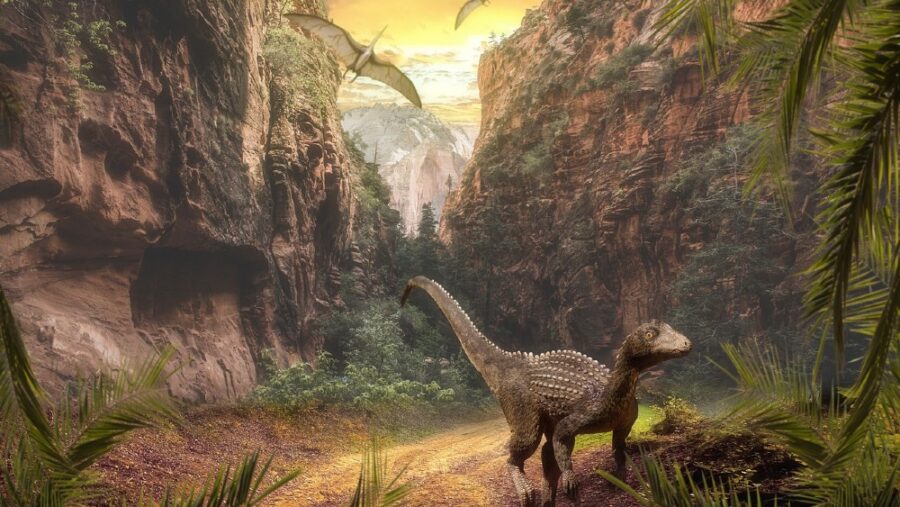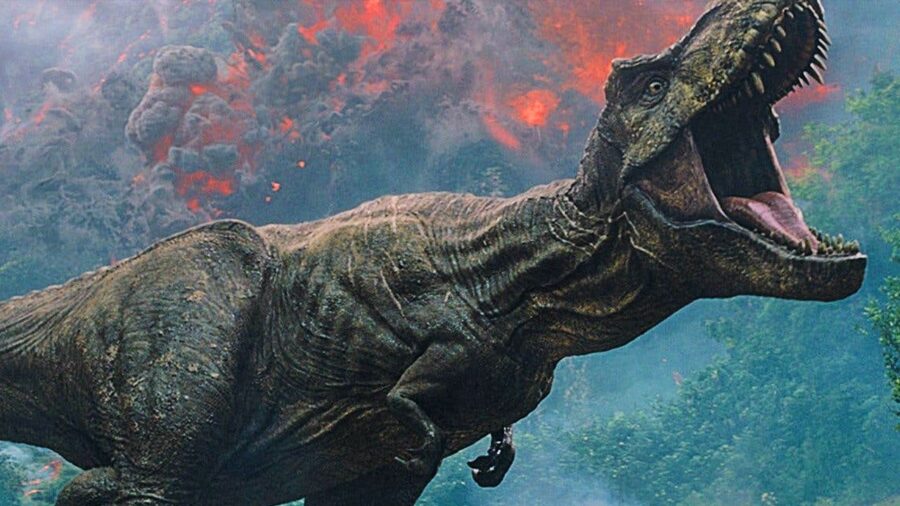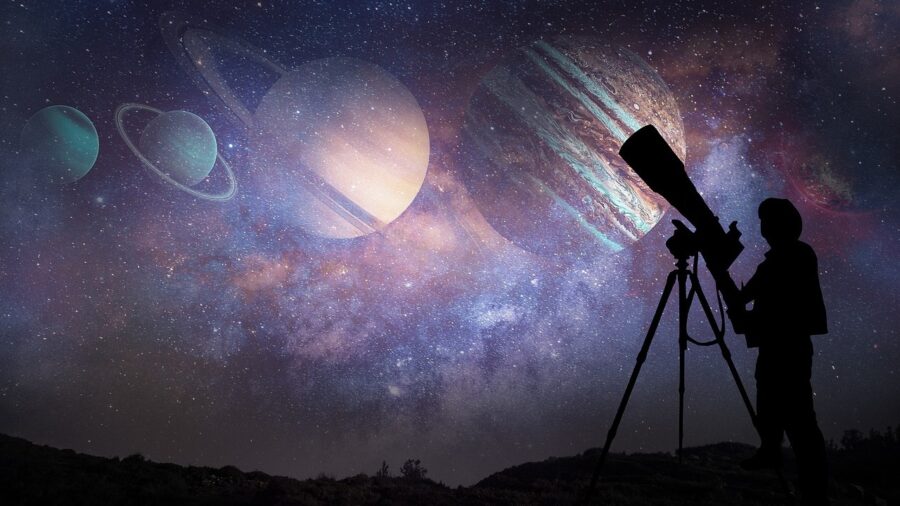Mesozoic Era Will Lead To Second Earth In Space, Here’s How

In the quest to find potentially habitable exoplanets in the vast cosmos, scientists have long relied on Earth as the primary model for what to look for. After all, Earth is the only planet known to support complex life, so it makes sense that to find a second Earth we would need to find our planet’s cosmic doppelganger. However, according to Popular Mechanics, the trick to discovering our space twin isn’t to find another planet that looks similar to what Earth is like now, but rather what our planet used to look like during the Mesozoic Era.
A Second Earth Likely Looks Like Our Planet During The Mesozoic Era

Earth is an incredible planet that, for one reason or another, somehow developed the perfect conditions to develop life as we know it. It makes sense that scientists have been searching for a second Earth that matches our planet’s unique cocktail of nitrogen, oxygen, and other trace gases in its atmosphere. However, recent research from Cornell University suggests that astronomers should shift their gaze to the past, specifically the Mesozoic Era, a time when dinosaurs roamed the Earth.
Telescopes Are Searching For Jurassic Worlds

The study conducted at Cornell University employed two climate models, GEOCARB and COPSE, and found that telescopes could actually detect the telltale signs of “Jurassic Worlds.” These signs were easily seen by telescopes thanks to the existence of higher concentrations of specific biosignatures, namely ozone/methane and oxygen/methane, which existed in the Earth’s atmosphere during the Mesozoic Era, roughly 100 to 300 million years ago. These findings, which might prove to be helpful in our search for a second Earth, were made public in the journal Monthly Notices of the Royal Astronomical Society: Letters.
The Search Made Easier

Lisa Kaltenegger, director of the Carl Sagan Institute and associate professor of astronomy at Cornell University, commented on these findings, confirming that our planet’s fingerprint was more pronounced during the Mesozoic Era. So it stands to reason that other planets with similar biosignatures will shine out more brightly amongst our cosmic neighbors, making it that much easier to find our elusive second Earth.
To determine the specific timeframe during which Earth would have been most visible to telescopic observations, scientists analyzed our home planet’s atmospheric composition and the resulting transmission spectra over the entire Phanerozoic eon. This eon, which spans the last 500 million years and continues into the present, is split across three eras (the Paleozoic era, Mesozoic era, and Cenozoic era) and is the only period in Earth’s history that has supported complex life. If we have any hope of finding a second Earth, analysis of what made life occur on our planet is the first step.
Oxygen Is Key

The most important factor for the existence of life is oxygen. Too little oxygen and life doesn’t exist; too much oxygen and life (if it ever existed) is burned away by eternal fires. Intriguingly, there is a connection between the rise of dinosaurs and the peak of oxygenation in Earth’s atmosphere around 300 million years ago, and it’s this peak that could help us locate a second Earth.
We’re Closer Than Ever To Finding A Second Earth

The Mesozoic era represents only about three percent of all time, but it could be the key to our discovery of exoplanets similar to our own. This research’s significance extends to missions like the James Webb Space Telescope, enabling the detection of complex life indicators on other worlds. Understanding these “loud” atmospheric fingerprints offers a pathway for astronomers and space agencies to refine their search criteria, bringing us closer to discovering a second Earth and expanding our knowledge of extraterrestrial life.












